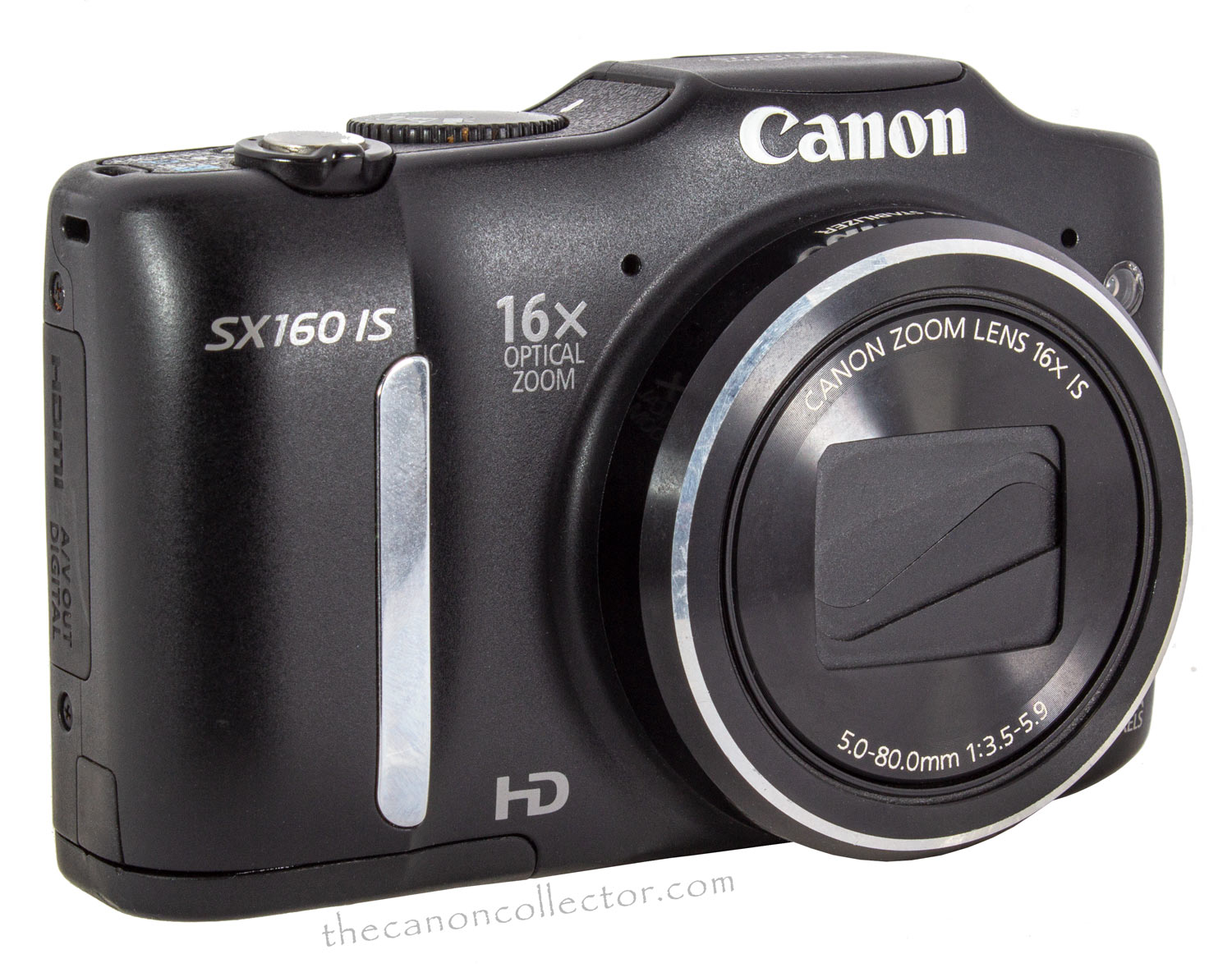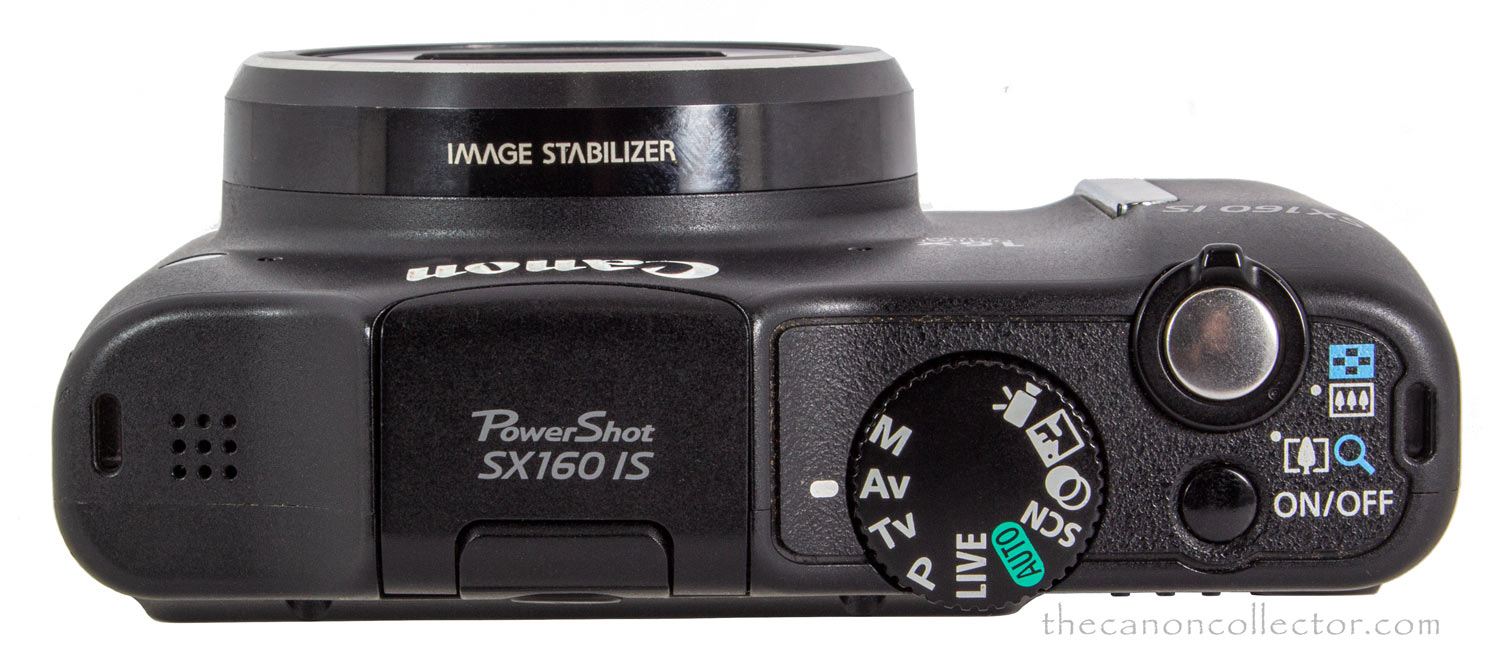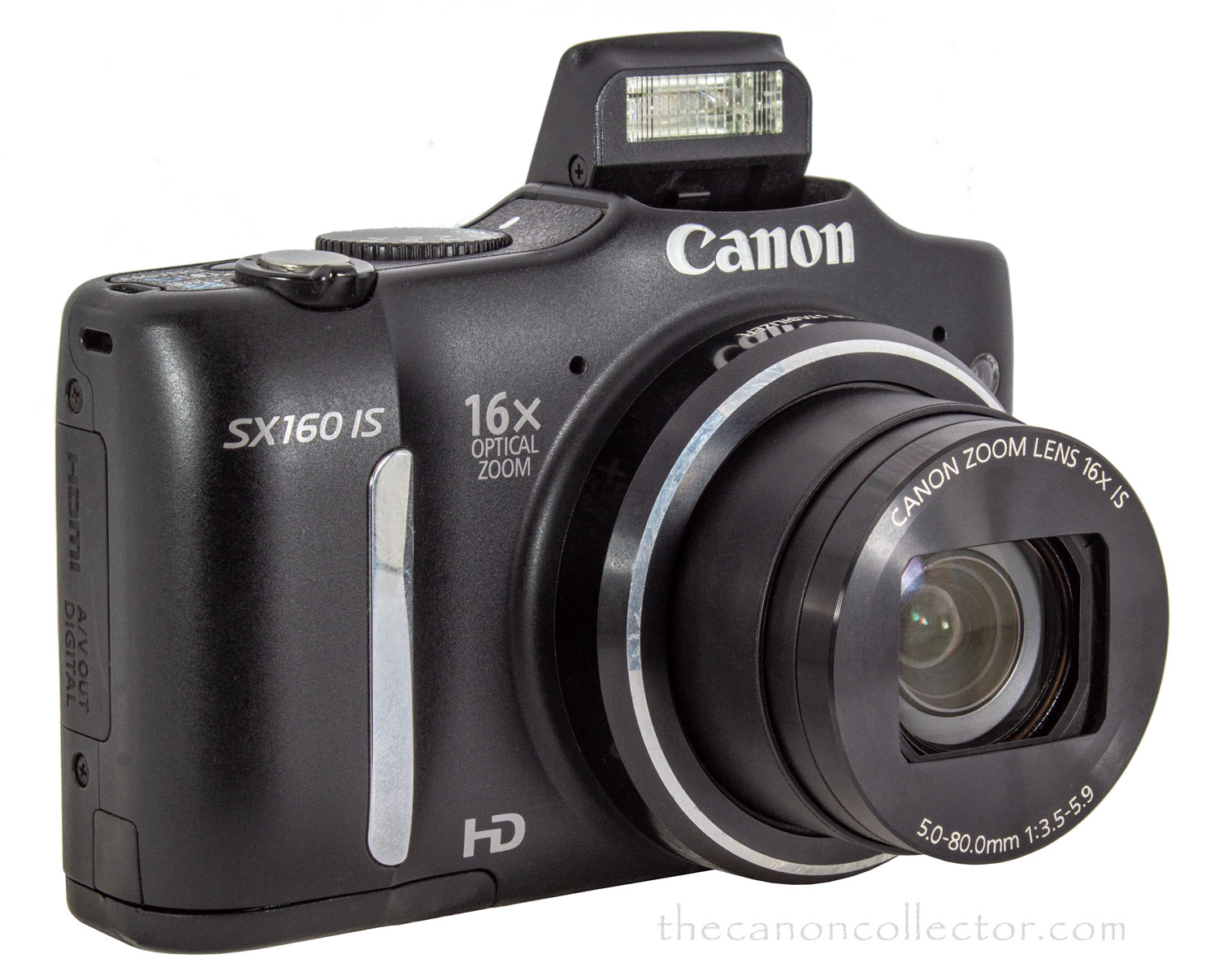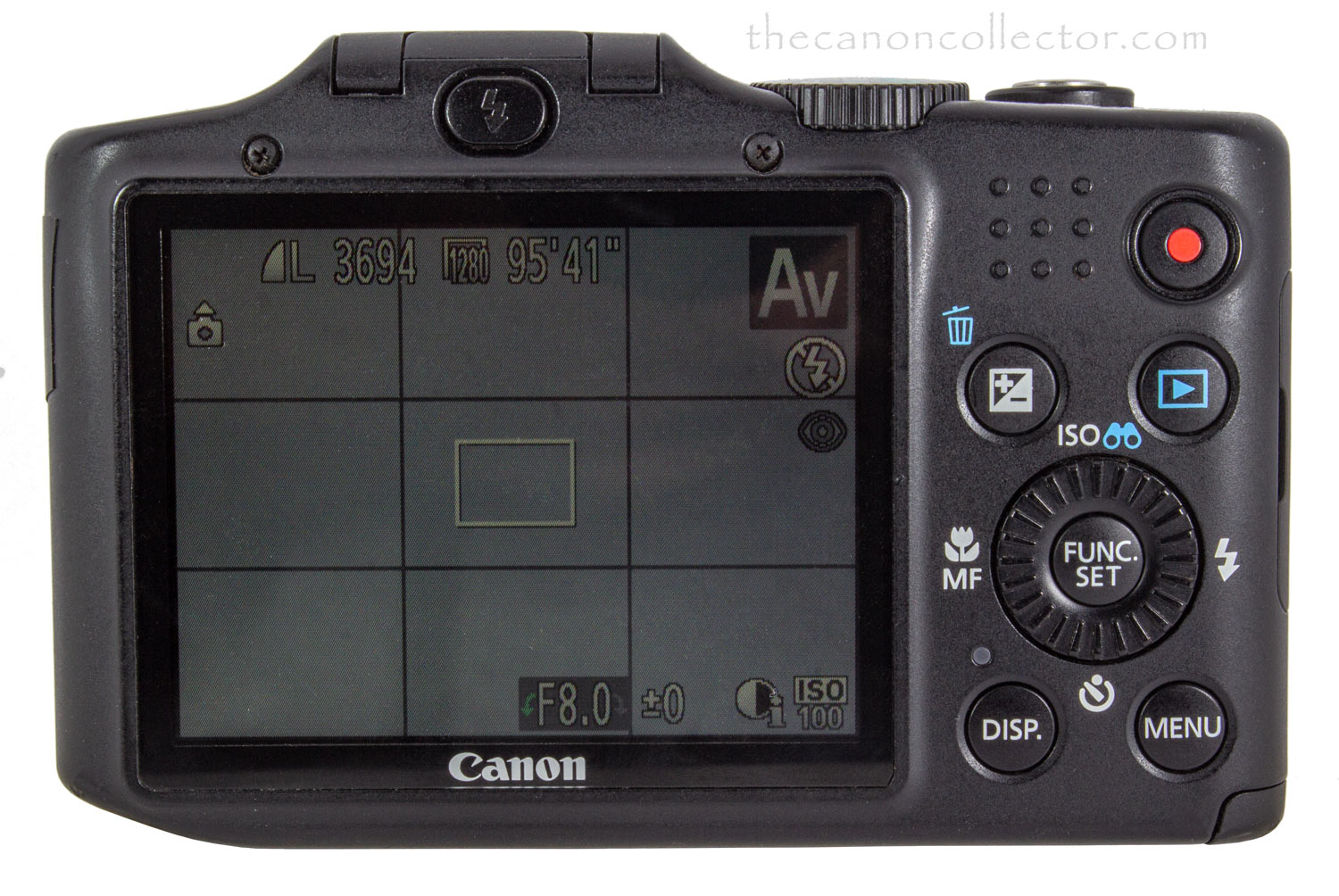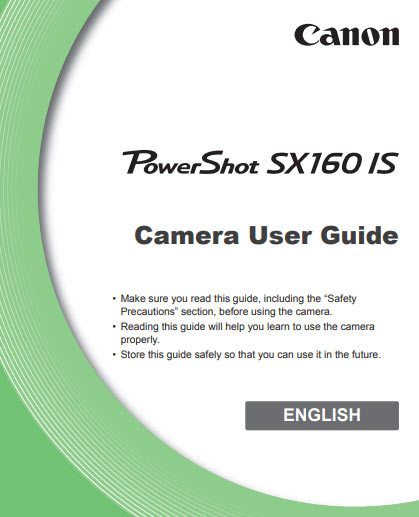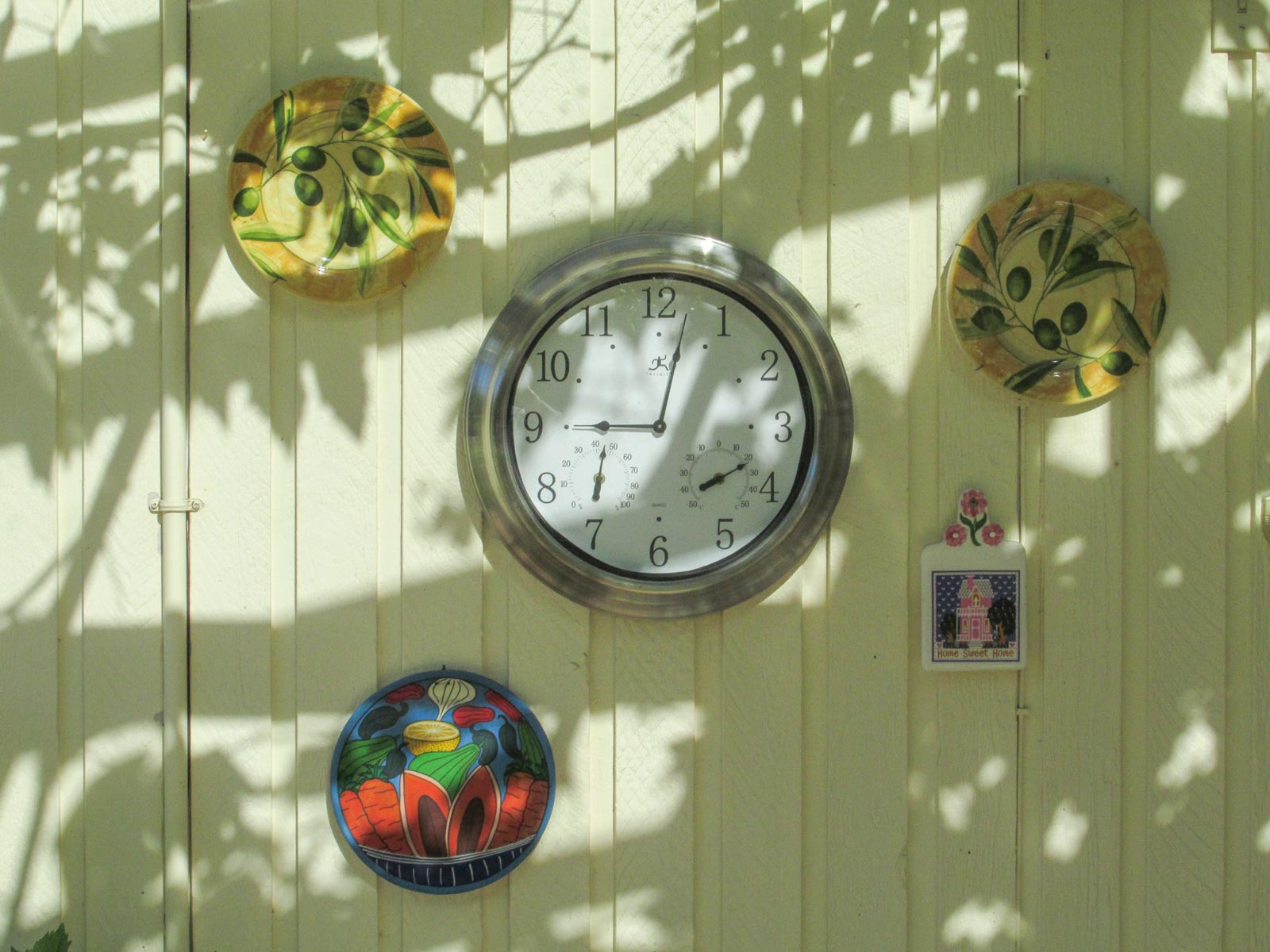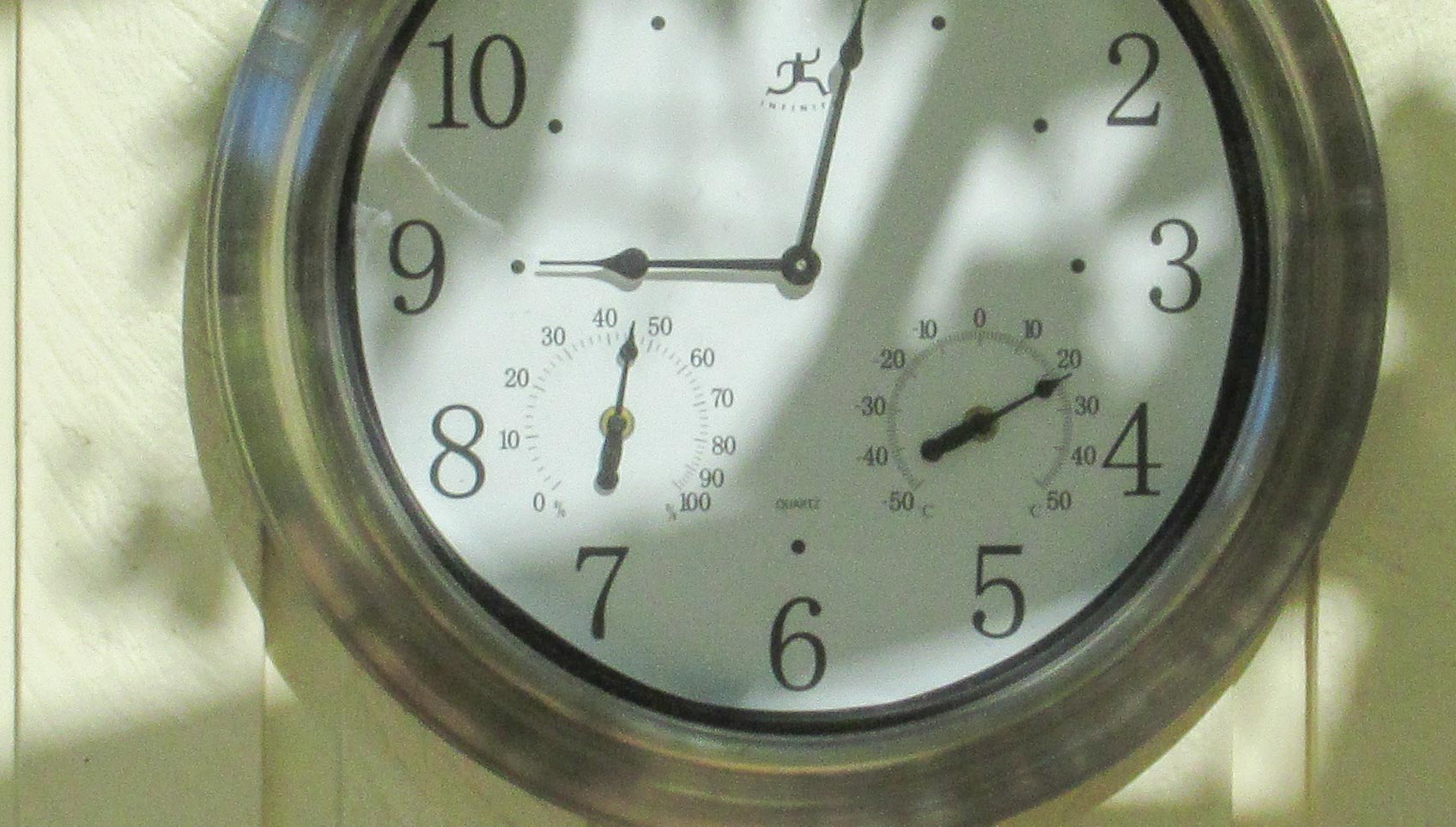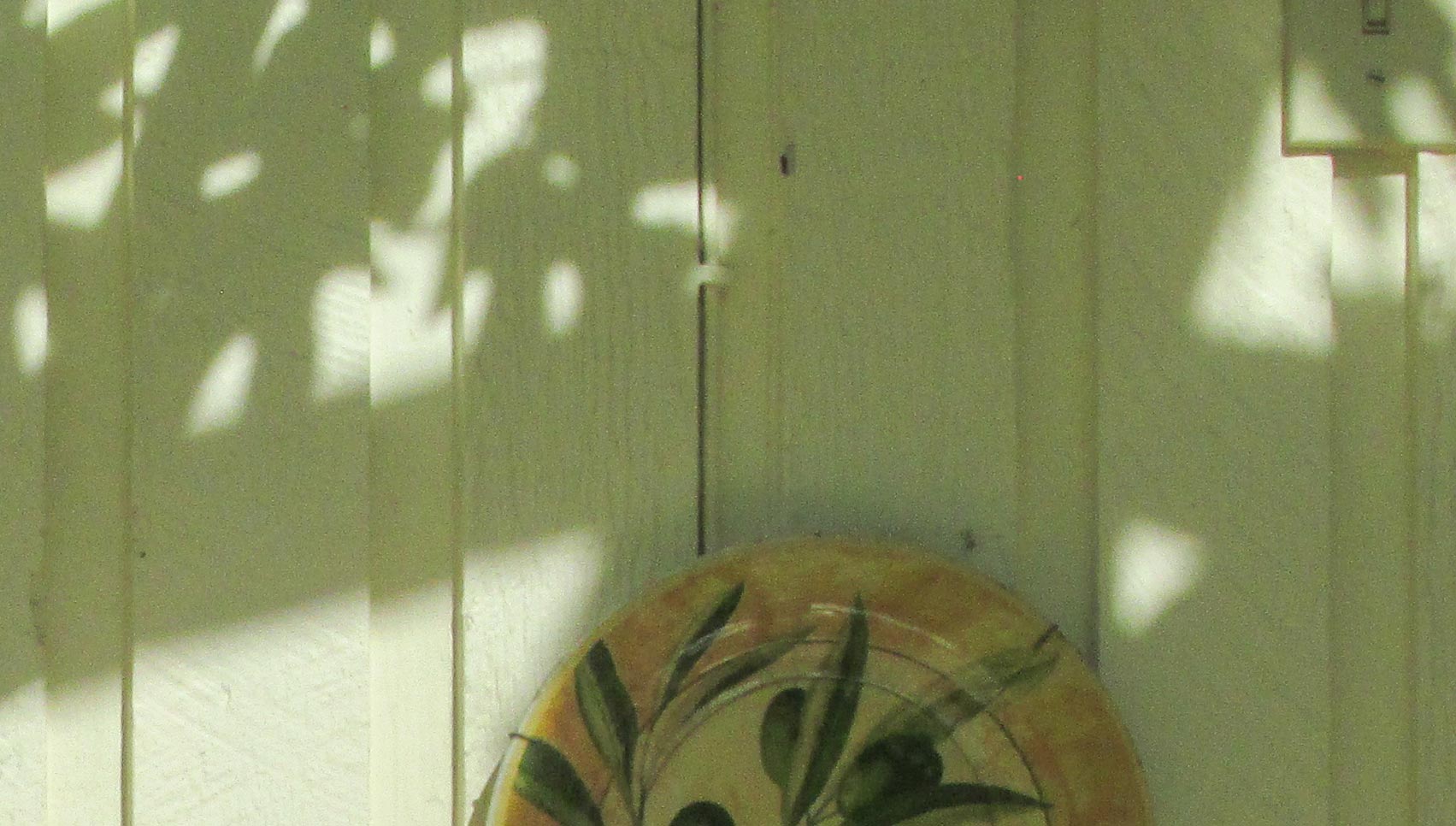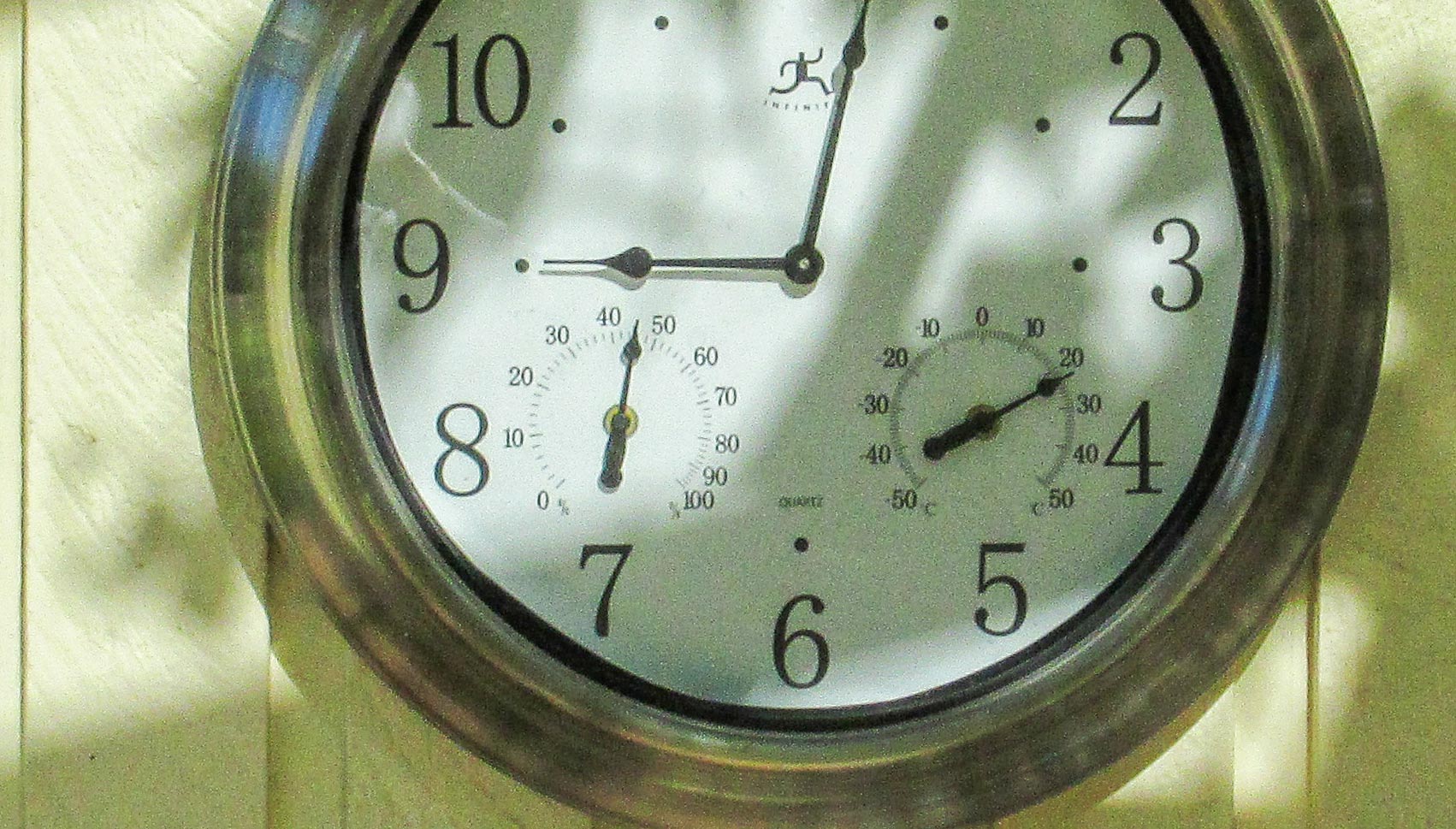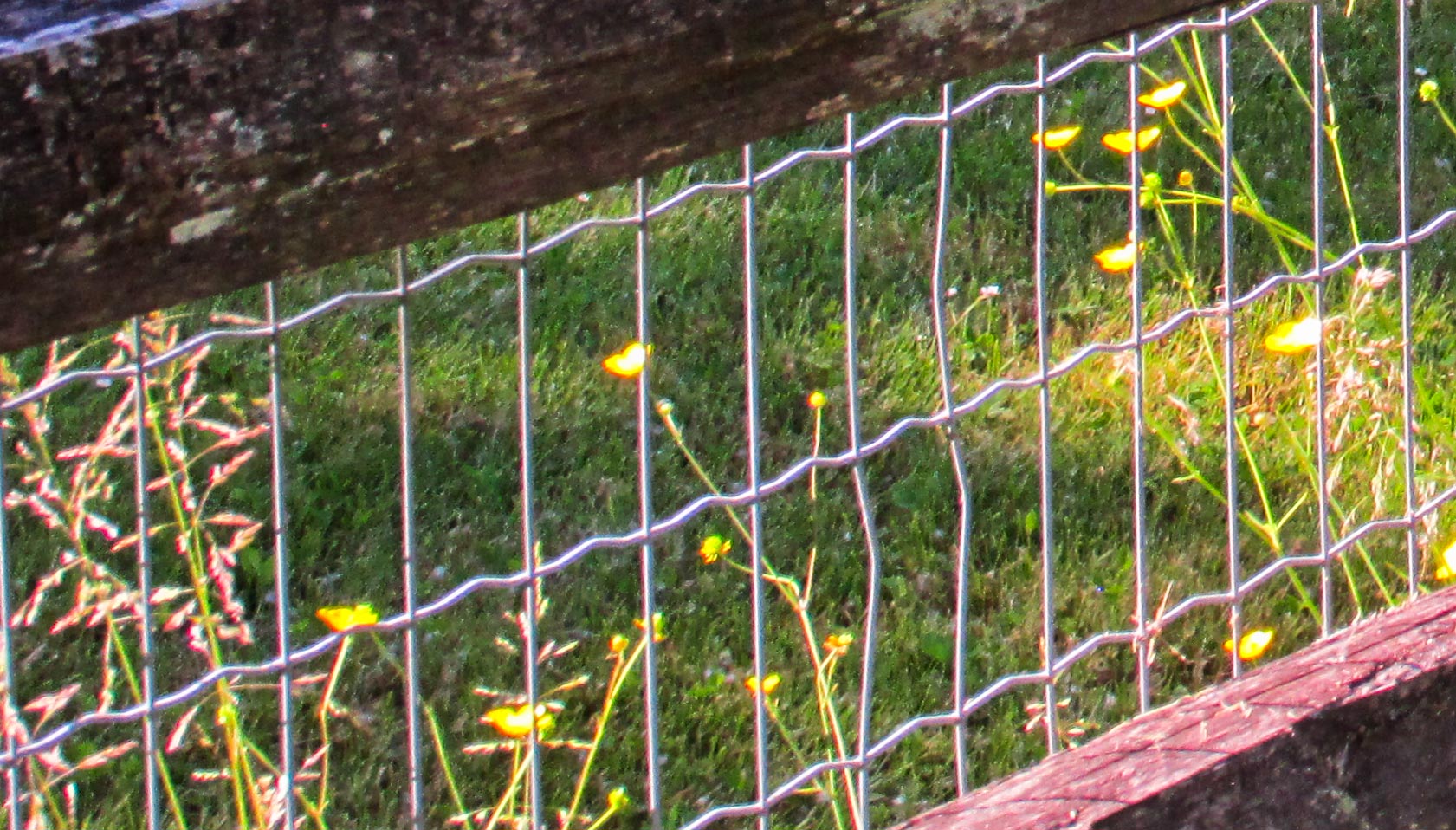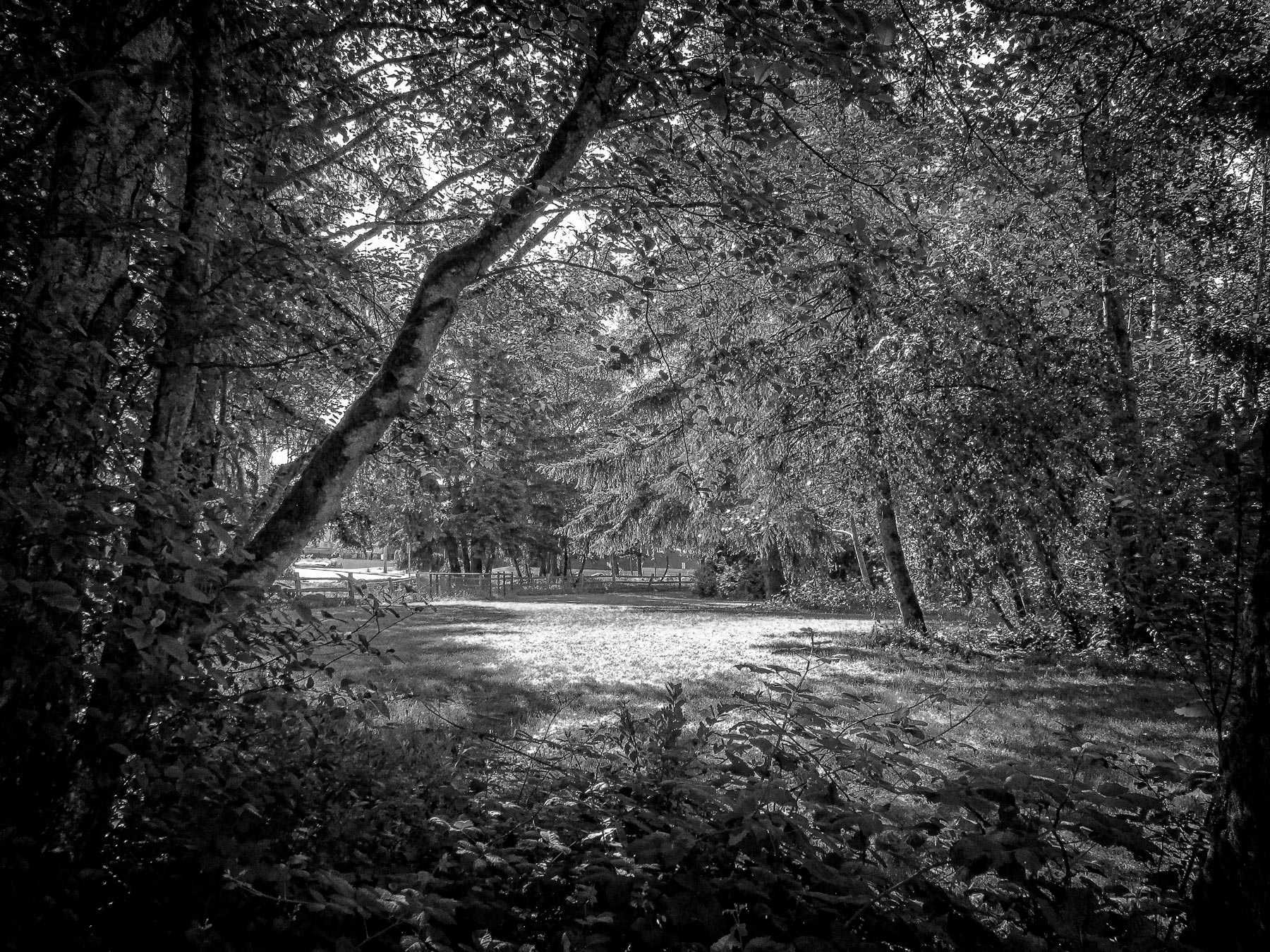This is
my black PowerShot SX160 IS (Ser. No.
482030018413). These cameras came in Black, Red and Silver.
PowerShot
SX160 IS
The Canon PowerShot SX160 IS is the
19th of the 37 models of PowerShot SX
cameras issued. This particular model
was introduced in September of 2012
and called it was the SX160 IS in all
market areas.
It was sold in three colors, black, which
was the most common, red which was
somewhat common, and silver which is
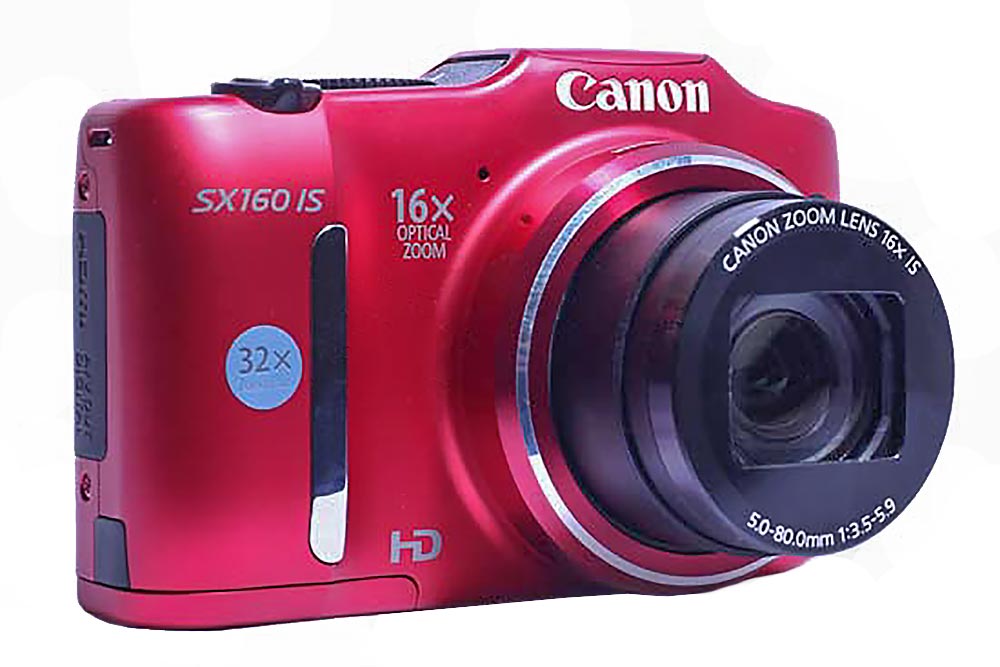
The black SX160 was the most common one produced however the red models are not uncommon.
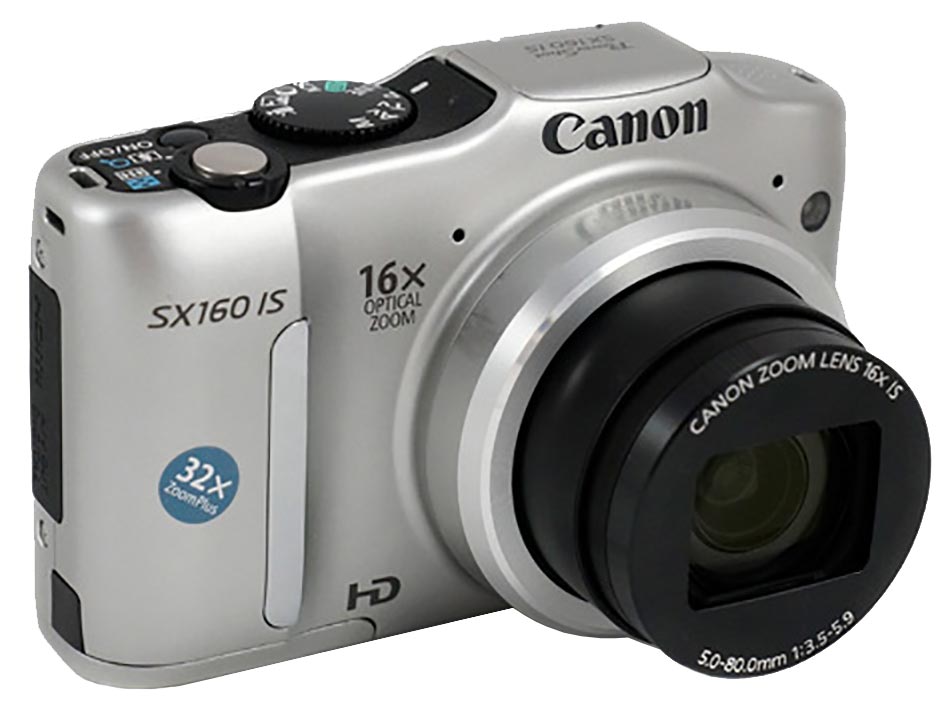
The silver SX160 is the scarcest of the three. There is almost nothing about them on the internet.
scarce on the second hand market today.
The SX160 IS has a 16x optical zoom lens. This is a 5.0 to 80.0mm (28 to 448mm 35mm equivalent) of f/3.5 to 5.9 aperture. If you include the digital zoom range as well this grows to a 32x zoom. Shutter speeds run from 15 seconds to 1/3200th of a second.
The sensor is 16 mpx which works out to an image that is 4608 by 3456 pixels. Files are saved as JPG’s. The camera also takes video outputting to a MOV file. Resolution for video are 1280 x 720 or 640 x 480.
We have a Newsletter
There is a Newsletter for thecanoncollector.com to keep you up to date on what we are posting. Try it!
The camera can set ISO to 100, 200, 400, 800, 1600. In Auto mode this is set automatically. The camera can be operated manually with the user choosing ISO, Aperture and Shutter speed. However, it can be operated in Av mode (user selects aperture) , Tv mode (user selects shutter speed), or P mode (camera choses all of the settings). And there are other modes
The top of the SX160 is dominated by the Mode Dial which pretty much controls the camera. The other controls are the shutter button which is surrounded by the zoom control. The camera is off and the lens in retracted in this picture.
The SX160 has a built in flash on the top of the camera. It is a controlled by a button under it on the back. There is no hot shoe, accessory shoe or PC socket. There is not facility for external flash.
best described in the User Manual. I find that my cameras live in M or Av mode so this camera works for me.
The LCD on the back is 3″ across and, although it is not articulated, gives a great view. I prefer a viewfinder because it keeps extraneous light out and in my opinion provides a better view, however, if you have to use a screen, this is a good one.
There is a pop up flash but no hot shoe, or shoe of any kind. And there is no PC sync socket. External flash is not contemplated. However, if you have a flash that can be used in a “slave” mode and be triggered by the built in flash, you can set up an external flash. It’s a workaround but you do what you have to do!
This camera has an impressive macro ability and it can focus extremely close, a few centimeters making it very versatile. An example would be taking photos to record stages in disassembling a lens so you can remember how to put it back together. Really useful!
The back is dominated by the 3″ LCD screen. Controls are also here for often used functions and the Menu. All are explained in the User Manual.
The camera stores pictures and videos on SD cards or SDHC or SDXC. It is all powered by two alkaline AA cells. It is also possible to us NiMH cells or Canon’s own rechargeable cells, the NB-3AH’s which are recharged with the Battery Charger DCC-750. The internal clock is kept powered by a coin type CR1220 which is inserted into a drawer on the left end of the camera.
The camera will also work with an AC Adapter Kit called the ACK-800.
There is a Canon case for the SX160. It is the Soft Case DCC-750. Of course they are many 3rd party cases that will work as well.
There are many features and settings that we have not described but they can be read about in the User Instructions on the left. The camera is not as versatile as advanced DSLR’s and mirrorless cameras but for the advanced amateur this is a very capable “walkabout” camera.
Taking pictures with the SX160 IS
Physically the PowerShot SX160 IS reminds me of the more advanced PowerShot G9 or G11. It is made of plastic but the fit and finish is excellent and the feel is that of an advanced camera. To test the it I set it to Auto for all my shots and I took it for a walk.
The shutter is a two stage affair. The first stage is very positive and there is doubt about it. However, the second stage is problematic. You press into it and the button seems to bottom out but still it does not fire, sometimes. By pushing harder it fires. I don’t know if the shutter is simply dirty in this camera or whether the shutter release really has a problem. The less expensive cameras of this period did have uncertain shutter releases.
My first subject was the wall of our back patio. I chose it because it was flat and I was careful to keep the sensor plane parallel to it. Contrast was reasonably low. The metadata of the image reports that I chose 83mm focal length and the camera chose ISO 200 and 1/320th at f/8.
This the full frame image. I have not adjusted it in post except to straighten it slightly. No apparent vigneting or distortion.
Center of the image magnified in Photoshop to 100 per cent. It is a little soft and contrast is low. I have examined the lens and it is not clouded in the least.
The image from the center at 100% was a little flat, soft, and low in contrast I wanted to look a little closer. In the two images above, the one on the left is the same mage as before. It is just as it came out of the camera without any post processing. On the right is the same image but I have adjusted sharpness, contrast and brightness. You can see that there is great potential for improving the image in post processing.
On another point however, notice that even at ISO 200 and only a 100% magnification grain is beginning to appear. That is a problem with most of the early digital point and shoots: they suffer from noise as the ISO is increased. Most are almost unuseable beyond about ISO 400.
For our second image I chose a fence line. I focused on the fence post in the center and the camera chose 1/160th second at f/5.6 and an ISO of 200.
Again, this the full frame image. I have not adjusted it in post . No apparent vigneting or distortion.
Center of the image magnified in Photoshop to 100 per cent. This image too is a little soft and seems clouded. This may be a problem with this lens.
One final picture. I took this pastoral scene but had trouble with the color balance. The leaves overhead gave the light a distinct green tinge which did not look natural. The eye compensates for such a color cast but the camera just records what is in front of it. So I had this color issue. Looking at different options I tried a B & W treatment and really liked the result. I feel like using AI to insert some grazing sheep into this scene.
There is no question that this camera can take a good picture. For a beginning photographer or even a moderately advanced one this is a good camera that would be excellent as a learning machine. There are enough controls that the user can experience the full range of photographic challenges.
In summary then, we must judge this camera for what it is: an inexpensive point and shoot with a high megapixel count and impressive zoom range. It is capable of really good images but post processing is required. For entry level photographers it is an excellent camera. Even semi professionals might like it as it is easy to carry around, has a great zoom range, can focus real close, and has a reasonable megapixel count. I know I like it. But then I like most cameras.
This website is the work of R. Flynn Marr who is solely responsible for its contents which are subject to his claim of copyright. User Manuals, Brochures and Advertising Materials of Canon and other manufacturers available on this site are subject to the copyright claims and are the property of Canon and other manufacturers and they are offered here for personal use only.


